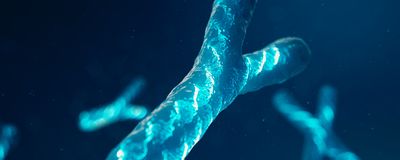Login
SubscribeDNA
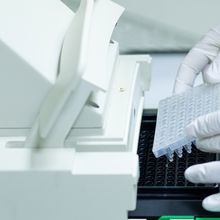
qPCR: Driving Wastewater Surveillance for Infectious Disease
Nathan Ni, PhD | Oct 30, 2023 | 3 min read
Natalie Knox and the Public Health Agency of Canada’s National Microbiology Laboratory are helping establish a national qPCR-driven wastewater surveillance network for SARS-CoV-2 and other diseases.

Iconic Geneticist Evelyn Witkin Dies at Age 102
Lisa Winter | Jul 24, 2023 | 3 min read
Lasker Award winner Evelyn Witkin discovered the mechanism for DNA repair following UV damage.
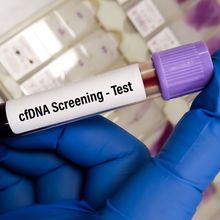
The Basics and Applications of Cell-Free DNA
Rebecca Roberts, PhD | 5 min read
Found circulating in peripheral blood, scientists use cell-free DNA (cfDNA) to assess genetic abnormalities, infections, cancer, transplant rejection, and cardiovascular disease.

How Restriction Enzymes Changed Biology
Nathan Ni, PhD | Jun 1, 2023 | 4 min read
Endonuclease R changed Richard Roberts’ career trajectory and created an industry.
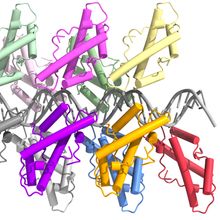
Bacteria Have Histones After All: Study
Kamal Nahas, PhD | Feb 14, 2023 | 4 min read
Researchers identify hundreds of candidate histone proteins in bacteria, including one with an unusual way of binding to DNA.
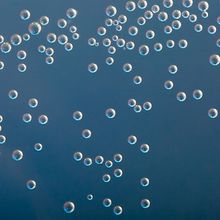
Digital PCR: The Journey to Superior Data
Bio-Rad Laboratories | 1 min read
With digital PCR (dPCR), researchers accurately and precisely quantitate nucleic acid samples.
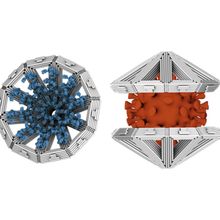
“Origami” DNA Traps Could Keep Large Viruses From Infecting Cells
Natalia Mesa, PhD | Jan 18, 2023 | 4 min read
By engineering structures out of DNA, scientists could potentially prevent larger viruses, like coronaviruses and influenza viruses, from interacting with cells.
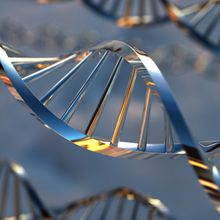
Humans Are Still Evolving Thanks to Microgenes
Natalia Mesa, PhD | Jan 4, 2023 | 3 min read
A study sheds light on the tiny genes that have evolved in human genomes since we split from our mammalian ancestors.
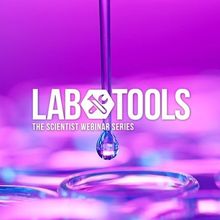
Better Ways to Extract DNA
The Scientist’s Creative Services Team | 1 min read
Learn how to obtain high throughput DNA purification that improves next-generation sequencing.
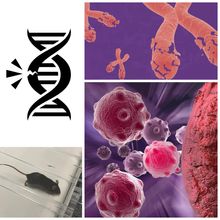
Our Favorite Cancer Stories of 2022
Dan Robitzski | Dec 27, 2022 | 4 min read
This year, cancer researchers uncovered a variety of ways that tumors can survive and spread, ranging from damaging their own DNA to exploiting the nearby microenvironment for nutrients.
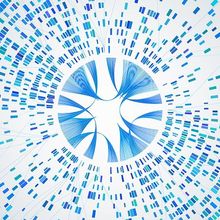
Unearthing Hidden Family Secrets: Tracing the Lineage of a Centuries-Old Grand-Mummy
Iris Kulbatski, PhD | Dec 13, 2022 | 3 min read
Researchers show how a toxic therapy helped identify a mummy using preserved DNA.
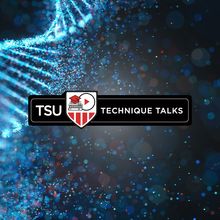
Single-Cell Spatial Transcriptomics with Cleavable Fluorescent Probes
The Scientist’s Creative Services Team | 1 min read
In this webinar, Jia Guo discusses the basics of in situ hybridization and how to use novel fluorescent probes for ultra-sensitive single-cell resolution in situ genomics.
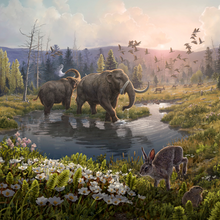
2.4 Million-Year-Old DNA Is Oldest Ever Recovered
Katherine Irving | Dec 7, 2022 | 2 min read
The DNA fragments collected from permafrost in northern Greenland unlock insights into an ancient ecosystem.
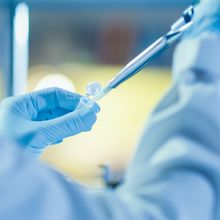
What’s Next for Ancient DNA Studies After the Nobel?
Mary Prendergast, The Conversation | Oct 5, 2022 | 4 min read
The award highlights tremendous opportunities for aDNA as well as challenges related to rapid growth, equity, and misinformation.
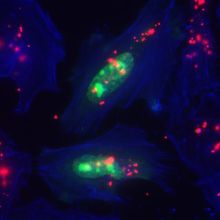
Universal Transfection Reagents: Improving Efficiency and Decreasing Cell Toxicity
The Scientist’s Creative Services Team, MilliporeSigma, and Roche | 4 min read
Researchers optimize their transfection protocols with the ideal transfection reagent that has multiple applications, low cytotoxicity, and high transfection efficiency.
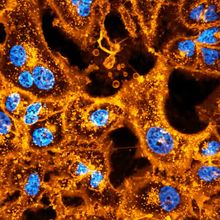
Science Snapshot: More Fun Than a Barrel of Monkey Cells
Lisa Winter | Oct 3, 2022 | 1 min read
This year’s second-place winner of the 2022 Nikon Small World in Motion competition shows a 12-hour time-lapse of labeled cells.
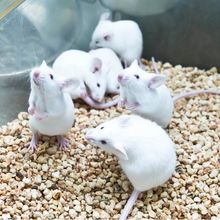
Different Genes Influence Lifespan in Male and Female Mice
Natalia Mesa, PhD | Sep 29, 2022 | 3 min read
Researchers say there may be similar, human genes whose effects on lifespan vary by sex.

One Sequence, Many Variations
Van Andel Institute | 5 min read
Andrew Pospisilik explores the epigenetic changes that give organisms the plasticity to change in response to their environments.
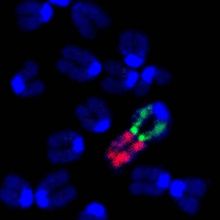
Researchers Fuse Mouse Chromosomes in Scientific First
Natalia Mesa, PhD | Aug 25, 2022 | 4 min read
The findings will likely help elucidate the effects of chromosome fusions, which can cause disease but have also contributed to evolution.
